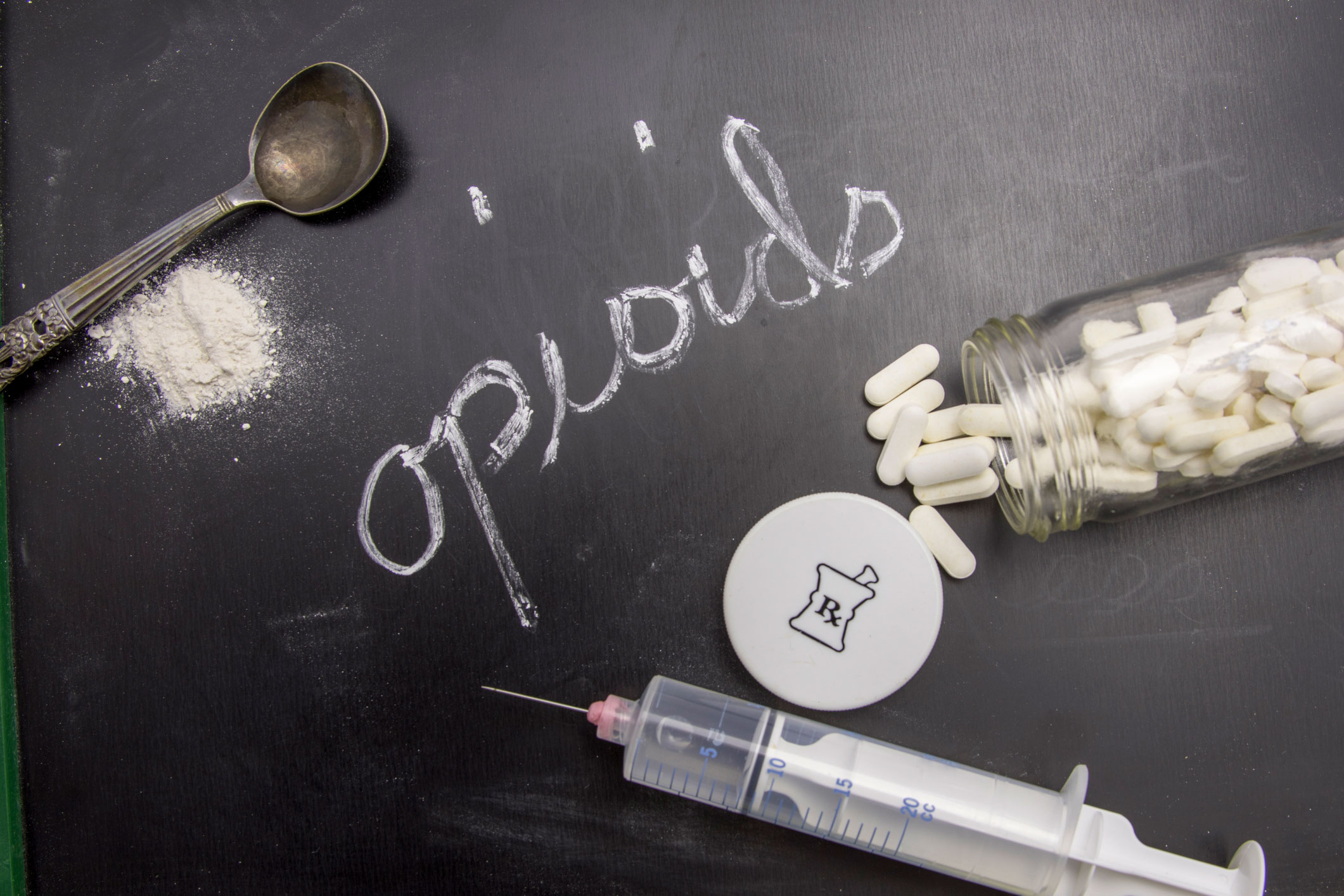A review of national health records shows more than 100,000 Americans died of a drug overdose in the 12-month period ending in April 2021, a number that surprised even those close to the crisis.
The report, from the National Center for Health Statistics, marked the first time overdose deaths topped 100,000. More died by overdose than gun violence and car accidents combined. Many attribute the increase to the pandemic and its impact on treatment availability, as well as the increased potency of street drugs.
“In general, overdose deaths have more than doubled since 2015, which should be alarming to everyone. I knew the numbers were climbing, but even I didn’t think it was this bad,” said Dr. J. Craig Allen, Vice President of addictions for Hartford HealthCare and Medical Director of Rushford, part of the system’s Behavioral Health Network. He added that there were almost 1,400 unintentional deaths in Connecticut alone last year.
Although Rushford services remained available throughout the pandemic, Dr. Allen said many people were afraid to seek care for their addiction. The pandemic also left people feeling more isolated, depressed and anxious, which triggered increased use or, for some in recovery, relapse.
Escalation of the opioid epidemic has been driven by the availability and omnipresence of fentanyl and other highly potent synthetic opioids. Fentanyl is inexpensive and can be mixed into other drugs so people may get fentanyl unknowingly. The federal overdose statistics suggest increases in methamphetamine and cocaine may be tied to this phenomena.
“Thousands of people are suffering from OUD and they need help. This is a critical public health issue that is not going away” Dr. Allen said. “We need to expand supportive, nonjudgmental and accessible healthcare services and make them available when people are ready.”
The majority of overdose deaths nationally were among men ages 25 to 54, and, while the opioid crisis is linked more to white Americans, overdoses are also increasing among Black Americans.
Dr. Allen said the landmark Johnson & Johnson opioid settlement announced earlier this year will boost efforts to help people with OUD, but Connecticut’s $300 million will be paid over years and the need is more pressing.
Hartford HealthCare employs a harm-reduction approach, making naloxone available to reverse overdose, in conjunction with several local law enforcement agencies, in addition to deploying recovery coaches to its emergency departments to engage patients with alcohol, opioid and other substance use disorders.
“For some, it makes all the difference to discuss available treatments, options, resources and challenges with people who have been there and lived it themselves,” Dr. Allen said, adding he hopes settlement funds will be used to expand community-based programming and outreach so services meet people where they are at.



